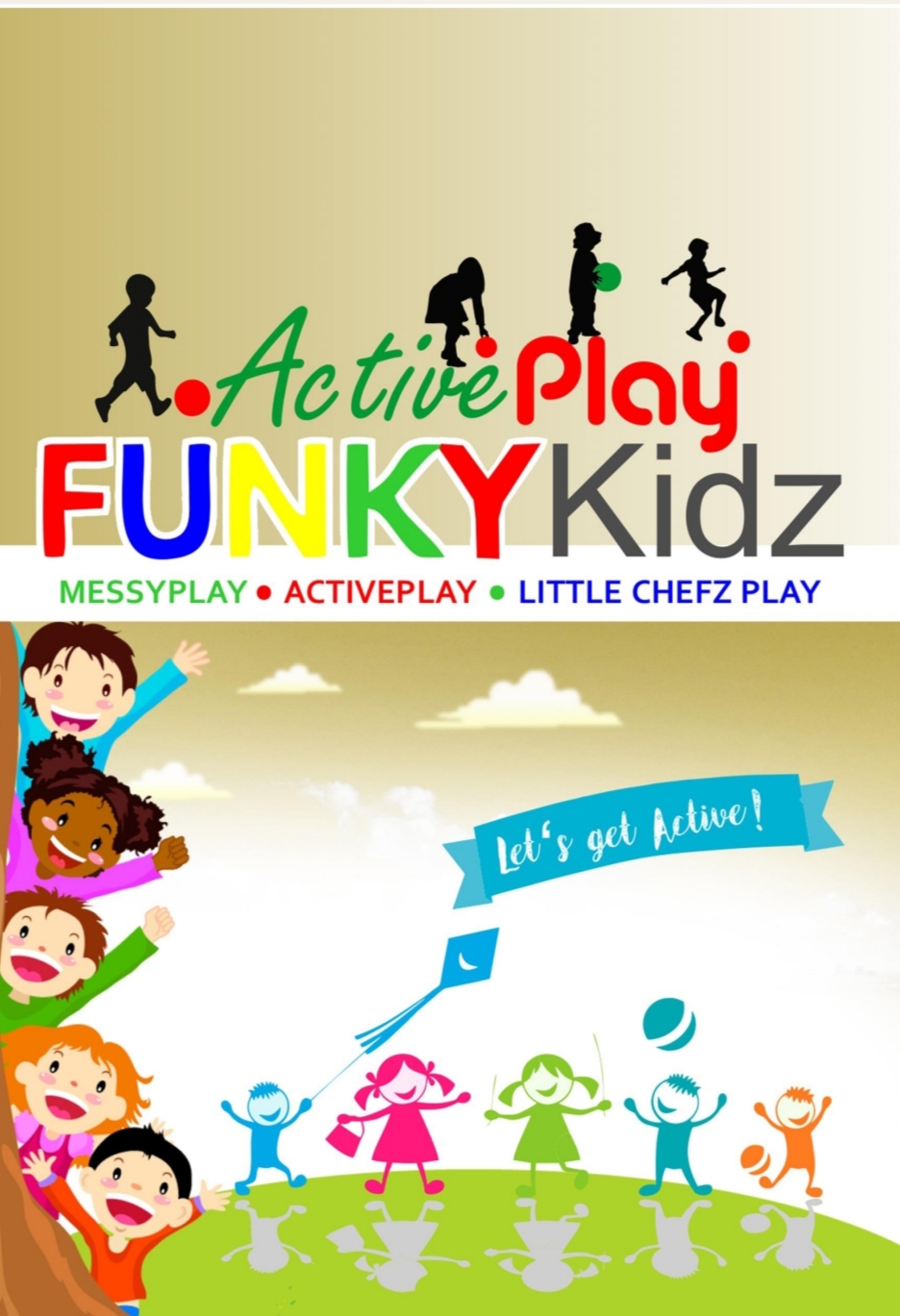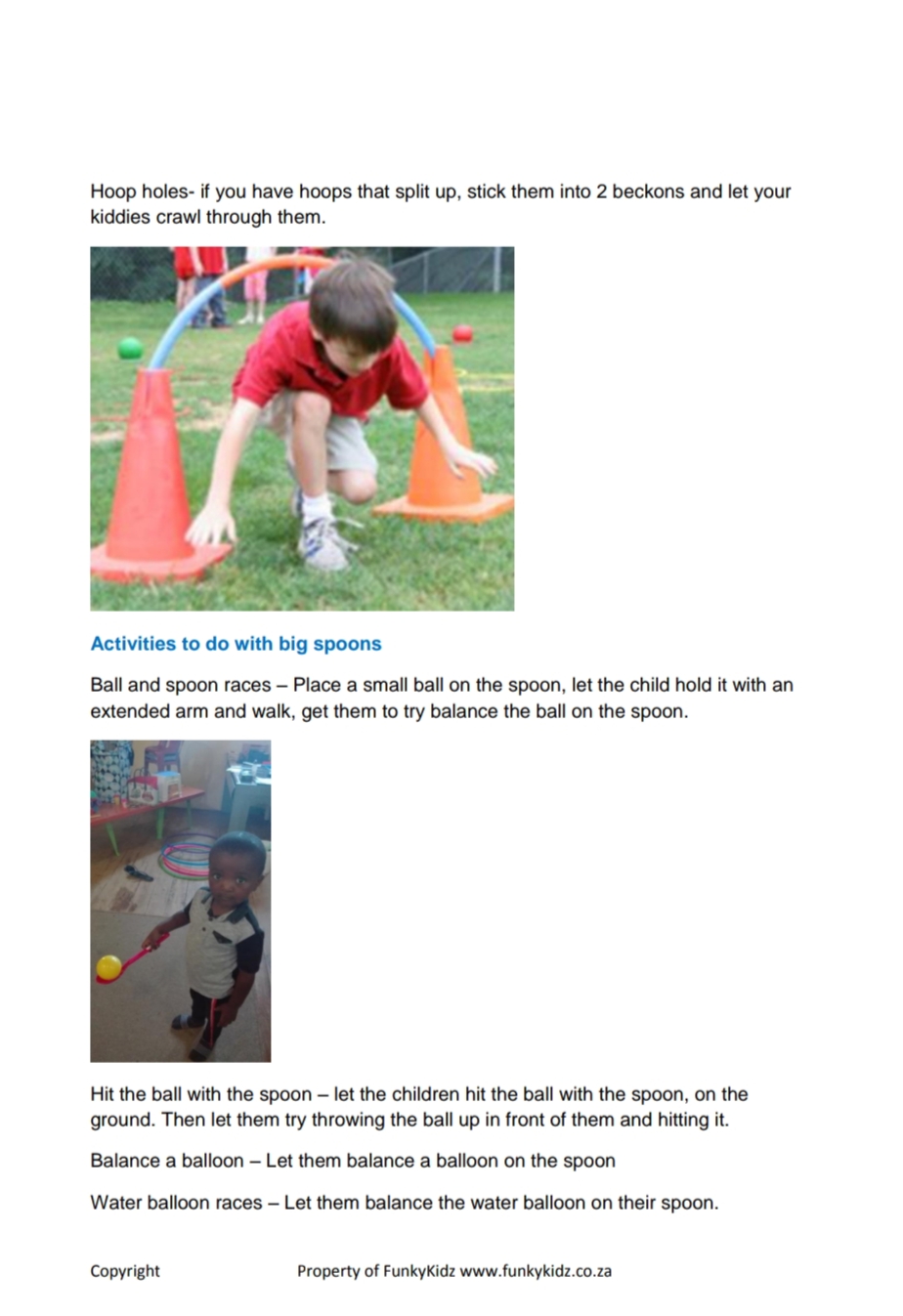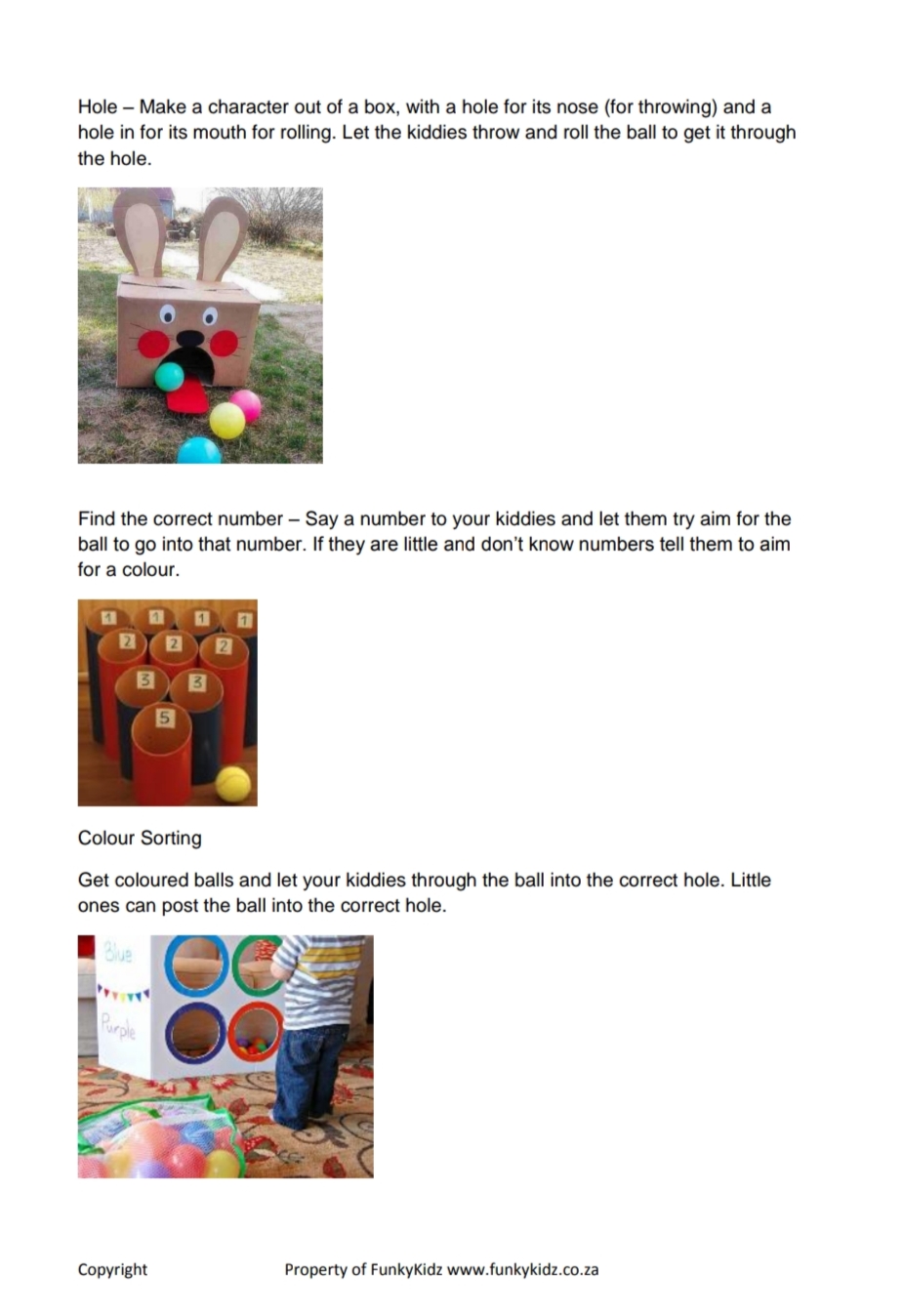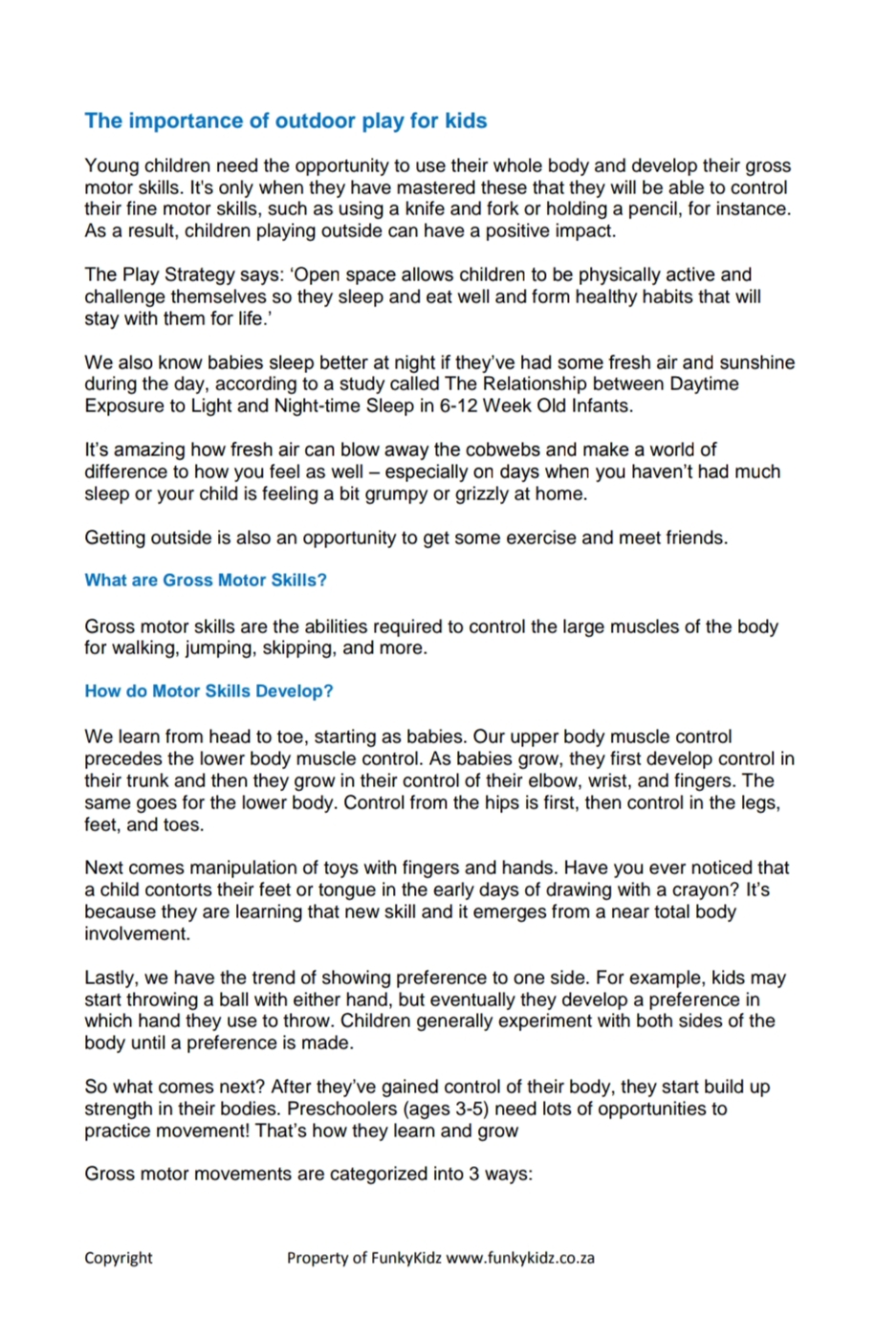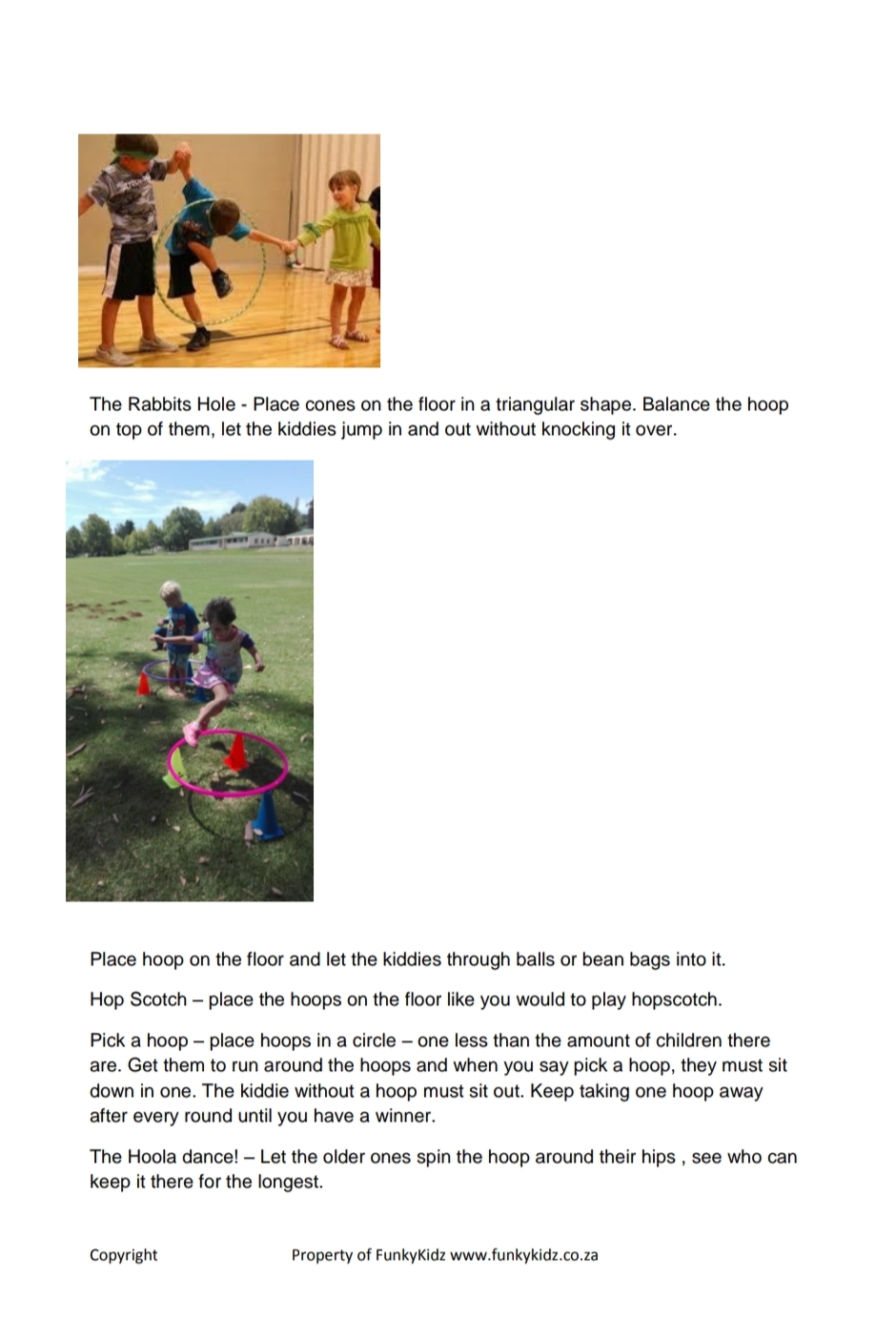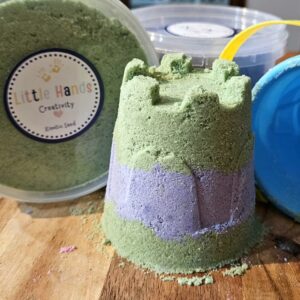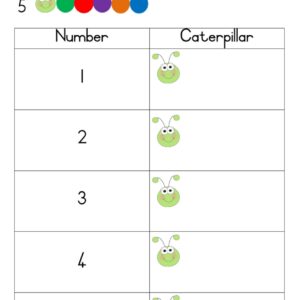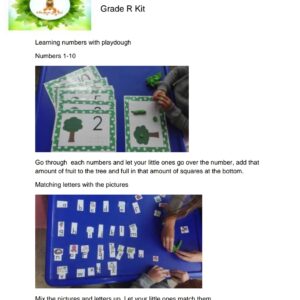Description
Wheater you are a preschool teacher, a parent looking to homeschool your little one or just looking for fun, educational activities to keep your little one busy, we have the solution for you.
If you haven’t purchased a copy of our curriculum yet, you are missing out.
They are fun, educational, age appropriate and cover all learning areas.
The importance of outdoor play for kids.
Young children need the opportunity to use their whole body and develop their gross motor skills. It’s only when they have mastered these that they will be able to control their fine motor skills, such as using a knife and fork or holding a pencil, for instance. As a result, children playing outside can have a positive impact.
The Play Strategy says: ‘Open space allows children to be physically active and challenge themselves so they sleep and eat well and form healthy habits that will stay with them for life.’
We also know babies sleep better at night if they’ve had some fresh air and sunshine during the day, according to a study called The Relationship between Daytime Exposure to Light and Night-time Sleep in 6-12 Week Old Infants.
It’s amazing how fresh air can blow away the cobwebs and make a world of difference to how you feel as well – especially on days when you haven’t had much sleep or your child is feeling a bit grumpy or grizzly at home.
Getting outside is also an opportunity to get some exercise and meet friends.
What are Gross Motor Skills?
Gross motor skills are the abilities required to control the large muscles of the body for walking, jumping, skipping, and more.
How do Motor Skills Develop?
We learn from head to toe, starting as babies. Our upper body muscle control precedes the lower body muscle control. As babies grow, they first develop control in their trunk and then they grow in their control of their elbow, wrist, and fingers. The same goes for the lower body. Control from the hips is first, then control in the legs, feet, and toes.
Next comes manipulation of toys with fingers and hands. Have you ever noticed that a child contorts their feet or tongue in the early days of drawing with a crayon? It’s because they are learning that new skill and it emerges from a near total body involvement.
Lastly, we have the trend of showing preference to one side. For example, kids may start throwing a ball with either hand, but eventually they develop a preference in which hand they use to throw. Children generally experiment with both sides of the body until a preference is made.
So what comes next? After they’ve gained control of their body, they start build up strength in their bodies. Preschoolers (ages 3-5) need lots of opportunities to practice movement! That’s how they learn and grow.
Gross motor movements are categorized into 3 ways:
1. Locomotor activity — movement from one spot to another. Examples: walking, running, climbing, leaping, jumping, hopping, galloping, sliding, and skipping.
2. Non locomotor activity — movement in a stationary place. Examples: pushing, pulling, bending, stretching, twisting, turning, swinging, swaying, rising, and falling.
3. Manipulative skills — moving objects in a variety of ways. Examples: throwing, kicking, striking, and catching.
Why Are Gross Motor Skills Important?
Working on gross motor skills helps a child gain strength and confidence in his/her body. It also helps them get exercise and physical activity, which is important for a healthy lifestyle. Developing these skills helps a child’s ability to do more complex skills in future activities, such as playing soccer with a team.
GROSS MOTOR SKILLS What are gross motor skills?
Gross motor (physical) skills are those which require whole body movement, and which involve the large (core stabilizing) muscles of the body to perform everyday functions, such as standing and walking, running and jumping, and sitting upright at the table. They also include eye-hand coordination skills such as ball skills (throwing, catching, kicking) as well as riding a bike or a scooter and swimming. Why are gross motor skills important? Gross motor skills are important to enable children to perform everyday functions, such as walking and running, playground skills (e.g. climbing) and sporting skills (e.g. catching, throwing and hitting a ball with a bat). However, these are crucial for everyday self-care skills like dressing (where you need to be able to stand on one leg to put your leg into a pant leg without falling over) and climbing into and out of a car or even getting into and out of bed. Gross motor abilities also have an influence on other everyday functions. For example, a child’s ability to maintain appropriate tabletop posture (upper body support) will affect their ability to participate in fine motor skills (e.g. writing, drawing and cutting) and sitting upright to attend to class instruction, which then impacts on their academic learning. Gross motor skills impact on your endurance to cope with a full day of school (sitting upright at a desk, moving between classrooms, carrying your heavy school bag). They also impact your ability to navigate your environment (e.g. walking around classroom items such as a desk, up a sloped playground hill or to get on and off a moving escalator). Without fair gross motor skills, a child will struggle with many day-to-day tasks such as an eating, packing away their toys, and getting onto and off the toilet or potty.
The Active Play curriculum
This pack is designed for children of all ages.
Be sure to add our age-appropriate curriculums to your shopping cart as well.
We email this pack to you.
Don’t forget to select local pick up at checkout so you don’t have to pay for shipping.

